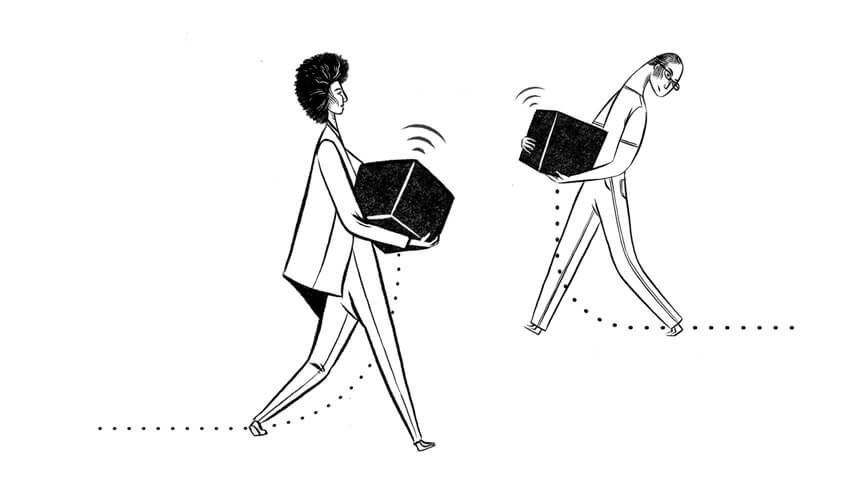In May, Carnegie Library of Pittsburgh will host The Glass Room, an interactive exhibit examining the ramifications of always-on, always-connected technology on personal privacy. As a lead up to this process, the Library is offering an abridged version of Data Detox, an 8-week series devoted to regaining control over your digital footprint. This is the fourth post in that series.
The Glass Room and Data Detox were developed by Mozilla and Tactical Technology.

Your phone has a host of tools designed to make your life easier. Wifi and Bluetooth connections allow you to connect easily with other devices. GPS helps you find your location and share it with others. Accelerometers help track your movement, speed, and physical activity. The “it just works” elements save a lot of time. But they also expose a lot of personal information to the world – whether or not you’re aware.
Want to see who’s listening? The app Architecture of Radio can show you how many devices and signals are around you – and help you better understand what data your phone is broadcasting.
Because your phone transmits so much data, deciding just what to control can be intimidating. Here are a few simple tips to gently coax your device out of the TMI zone.
Data Detox For Your Phone
Step 1: Anonymize your name. When you first set up your device, you likely were invited to give it a name. It’s a fairly common practice to call it something like “Steve’s Phone.” While this seems innocuous, it’s a detail that gets shared with every device that your phone comes into contact with. You can change this by going into Settings –> About Phone and finding the device name.
Step 2: Be choosy with your networks. In an effort to stay online, you phone makes an effort to connect with every network or device available. But most networks are either locked down or unnecessary, or in the worst case, designed to act as “honeypots” to collect data from passers-by. By turning off wifi and Bluetooth when they’re not in use, you can limit this exposure. (It’s also a great way to extend battery life.) Many devices also have an option within your wifi settings to only connect to trusted wifi networks. If you can customize that to your liking, it’s a good idea to do so.
Step 3: Clean your browser. Many of the browser-based privacy options we explored in Week 1 can be applied to the mobile experience. Check to see if your browser has a Private or Incognito mode (common to Chrome, Firefox, and Safari), and look to see if there’s also a “Do Not Track” option within your browser.
Step 4: Check your network history. Your phone is designed to keep a record your device connects with. These names are often descriptive of the location – everything from “Downtown Coffee Shop” to “London Heathrow Airport.” As a result, the list can provide a snapshot of places you’ve visited – another form of data leakage. Take a look at this list (usually by going into Settings –> Wifi –> View Saved Networks), and tell your phone to “forget” any network you’d rather not have stored.

